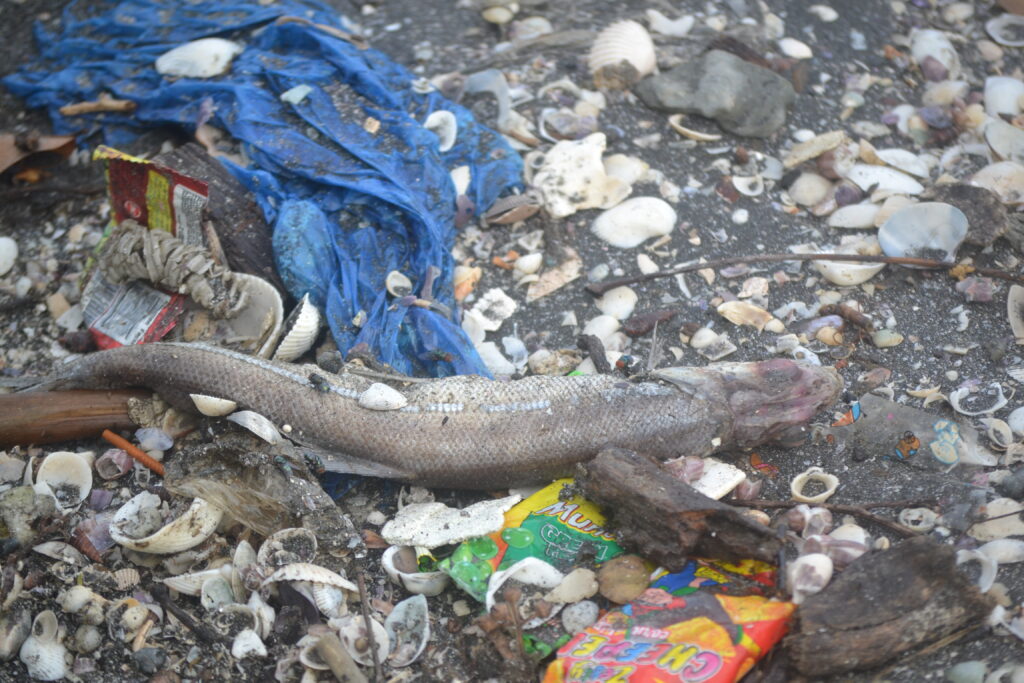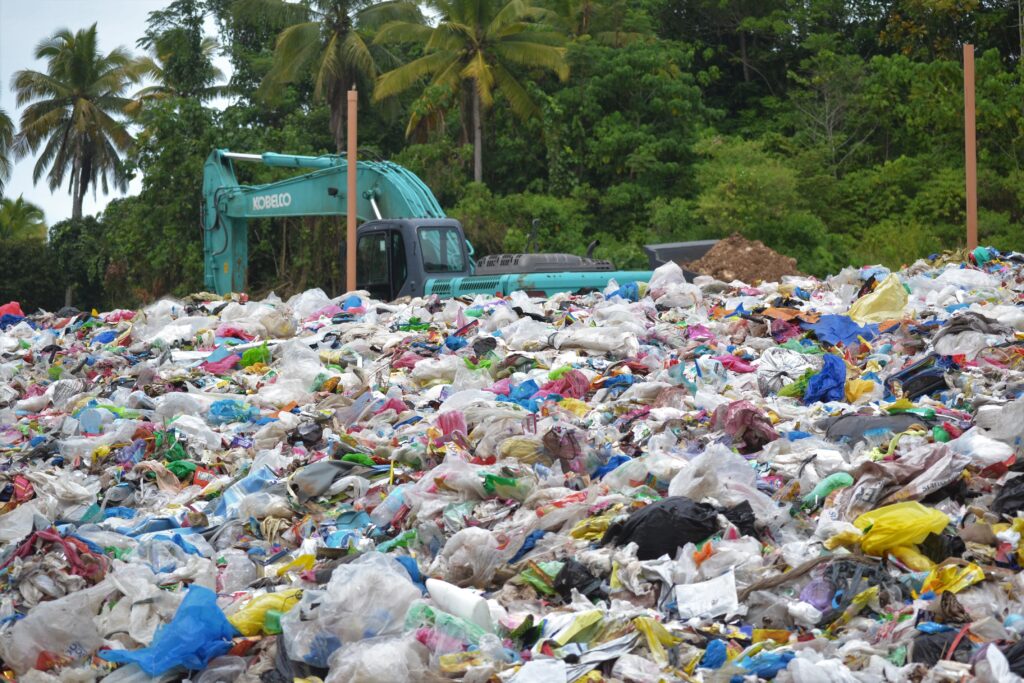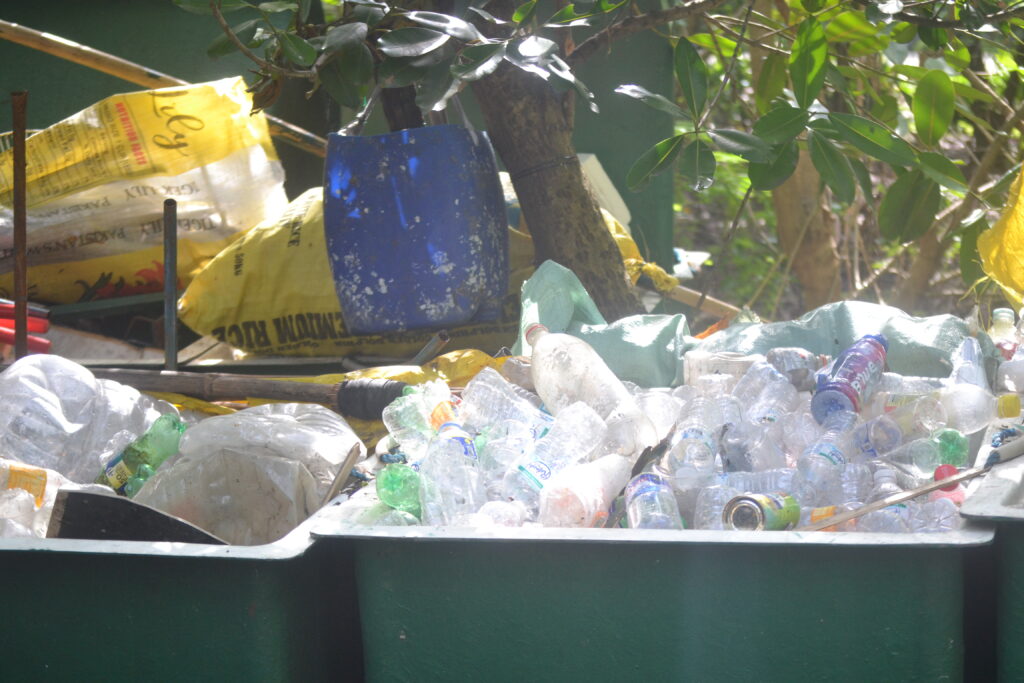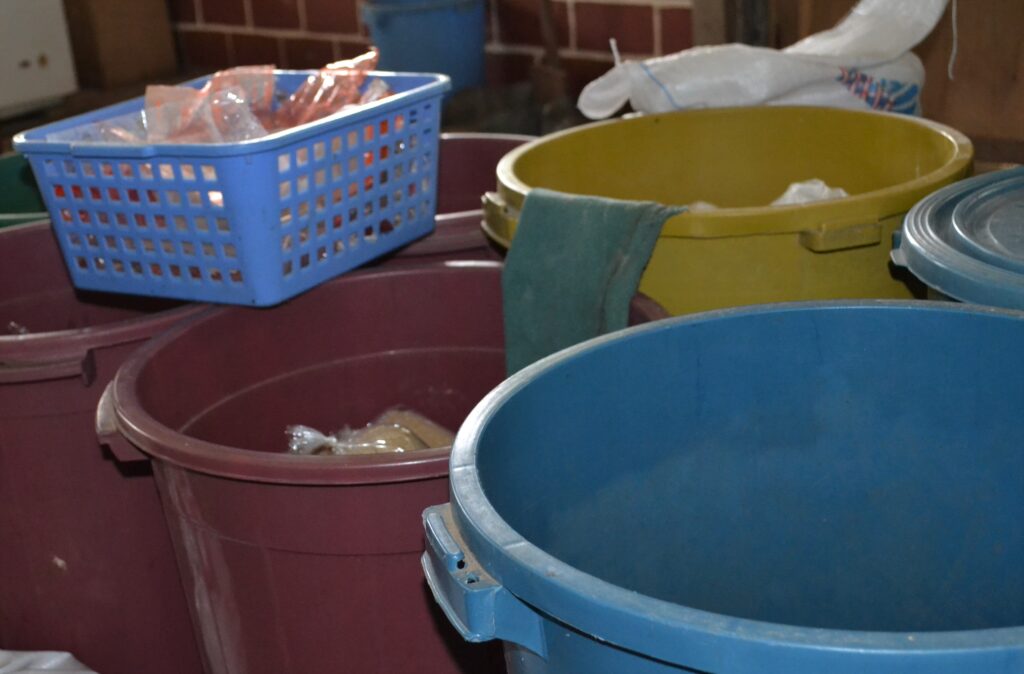Text and Photos by Henrylito D. Tacio
“The problem with plastics has been escalating for decades, and the Philippines has been identified as the world’s third largest contributor of plastics in the ocean. Plastic pollution has always been a huge issue in the Philippines with the continuous generation of plastic wastes and poor waste management.” – World Wide Fund for Nature
***
The “sachet economy” is choking the country’s water. Wherever you go these days, rivers, lakes, beaches, and even streams are being drowned by plastic wastes.
In a recent four-day Waste and Brand Audit (WABA) conducted by Interfacing Development Interventions for Sustainability (IDIS) in three rivers in Davao City, the group collected a total of 3,704 pieces of mixed wastes. Most of the wastes were classified as non-biodegradable, which means they cannot be broken down by the action of living organisms.
“Plastics are a threat to both humans and non-human species and their continued proliferation is an irony to the city’s claim that ‘Life is Here,’” deplored IDIS in a position paper on banning single-use plastics in Davao City.
Thanks to the “sachet economy,” the bodies of water that were free from the trash in the past are now loaded with ubiquitous plastics. They are clogging the canals and piling up on waterways. So, every time there is rain in most cities these days, flooded areas become the norm.
Cheap but expensive
Sachets are advertised as indispensable, convenient, and affordable. They are popular among Filipinos because of their “tingi” culture. Products sold in single-use sachets include instant coffee, shampoo, soy sauce, cooking oil, food seasoning, and toothpaste. Name it, there’s a sachet for it!
“Because they are easy to sell – ribbons of single-use products hang from neighbourhood stores even in the most remote communities – large multinational manufacturing companies continue to market them,” said the World Wide Fund for Nature (WWF).
According to one research group, the Philippines discards 60 billion plastic sachets each year. That’s about one sachet per person per day on a per capita basis.
“Sachets may have brought better quality products to poor communities but the problem is that they have become a waste nightmare,” said Miko Aliño, Asia-Pacific program manager of Global Alliance for Incinerator Alternatives (GAIA). “When sachets are discarded indiscriminately, these clog drains and contribute to flooding or even pollute our oceans.”
At a first glance, sachets may be perceived as inexpensive, and convenient because of their small and durable packaging. In reality, however, “they are expensive for cities to manage, difficult to effectively recycle, and cannot be reused,” Aliño said.
In a report commissioned by GAIA, it was found that corporations producing these sachets have managed to evade responsibility for sachet waste, “which leaves local governments and communities struggling with this non-recyclable waste to address the imminent sachet pollution crisis.”
“Corporations have greatly benefited from these products by marketing them for their low cost and convenience but they are not made accountable for the pollution that comes along with its production and disposal,” Aliño said.


Sanitary landfill 
Recyclable plastics
Major contributors
A news report said single-use plastics for food and cosmetics are one of the main contributors to plastic waste in landfills and in oceans. Around 40% of all plastic that is produced is used for packaging, and the World Economic Forum estimates that 95% of this is not recycled after its initial use.
That’s horrendous, indeed. “Following the trajectory of plastic production and mismanagement, United Nations reports predicted that by 2050, there will be more plastic in the oceans than there are fish,” Environment Secretary Roy E. Cimatu said in a press statement.
In the award-winning 1967 movie, The Graduate, the character portrayed by newcomer Dustin Hoffman (who received a well-deserved Oscar nomination for Best Actor) asked for some advice on career direction. “Plastics, my boy. Plastics,” he was told.
Businesses all over the world are heeding the advice.
“Plastic is a miracle material,” wrote Erik Solheim, head of United Nations Environment Program, in a foreword for Single-Use Plastic: A Roadmap for Sustainability. “Thanks to plastics, countless lives have been saved in the health sector, the growth of clean energy from wind turbines and solar panels has been greatly facilitated, and safe food storage has been revolutionized.
“But what makes plastic so convenient in our day-to-day lives – it’s cheap – also makes it ubiquitous, resulting in one of our planet’s greatest environmental challenges,” Solheim added.
Plastics last forever
Plastics – which are non-biodegradable – are materials made to last forever. “Disposed plastic materials can remain in the environment for up to 2,000 years and longer,” wrote Barry E. DiGregorio in an article.
“Plastics are a clear and present danger to the future of our planet,” says Céline Cousteau, TreadRight Ambassador.
Aside from plastics made of sachets, the other most ubiquitous are plastic bags. Since they were introduced in the 1970s, plastic bags have infiltrated the lives of human beings.
“Globally, we carry home between 500 billion and a trillion every year – about 150 bags for every person on earth, or to put it another way, a million every minute and rising,” wrote Caroline Williams in New Scientist.
According to UNEP, one to five trillion plastic bags are consumed worldwide every year. “If tied together, 5 trillion bags would cover an area twice the size of France,” UNEP emphasized.
Plastic “is in our air, our water, our food, our excrement,” Nina Butler, the chief executive officer of More Recycling, a research and consulting company that works with the plastic industry on recycling, was quoted as saying by the media. “It’s very, very pervasive.”
Damage to health and environment
Plastics pose serious damage to the health of human beings. “When they are burned, plastics emit chemicals which are considered toxic for humans,” IDIS pointed out. “These chemicals weaken the immune system, affect fetal development for those who are pregnant and may also cause skin disorder.”
Once plastics are stored in the landfills for several years, they may turn into microplastics or fragments of any plastic less than 5 millimeters in length. These microplastics could be ingested by fish and mollusks. They can also infiltrate seaweed and algae.
“Many of these tiny plastic particles are swallowed by farm animals or fish who mistake them for food, which we in turn eat,” IDIS explained. “The toxic chemicals used in manufacturing plastics get transferred to animal tissues, eventually entering the human food chain.”
Plastics also damage the environment and wildlife species. Jonas Leones, undersecretary for policy, planning, and international affairs of the Department of Environment and Natural Resources, said the effects of plastics can be devastating for marine biodiversity. “Small litters like candy wrappers end up in our oceans,” he said. “It is eaten by marine species, clogging their stomachs and causing their death.”
In Davao Gulf, for instance, news reports accounted for 63 whales and dolphins found dead since 2009, 47 of which have swallowed plastic trash mistaken as food. In addition, several marine turtles have been choked or reported dead due to plastic bags and straws.

“Clearly, plastic pollution is a rising and serious concern as it has destroyed many of our marine species and threatens our overall marine biodiversity,” IDIS deplored.
The blatant use of plastics has to stop – now! “It is high time we refrain from using disposable plastic products that are used in minutes, but persist in the environment forever,” Cimatu stressed.
Good news
But there’s good news. Sachets and plastic bags are examples of single-use plastics (SUPs). They are among those that should be regulated under House Bill 9147, which was approved in the lower house last July 28.
The measure, said principal author Lord Allan Velasco, aims to protect life, both land, and water, from hazards posed by plastic pollution and to ensure that non-compostable SUP products do not leak into nature.
“The measure also provides steps for the eventual phasing of single-use plastic products, a step that is from all accounts, one in the right direction,” Velasco pointed out.
World Wide Fund for Nature (WWF) the Philippines lauded the House of Representatives for the passing of the bill on its third reading.
“The passage of HB 9147 is a step in the right direction,” said Ina Guingona, WWF’s No Plastics in Nature’s Policy Officer. “Plastic pollution has been a scourge to our environment and our communities. A more integrative approach that is grounded and solutions-focused is needed to address the multifaceted issue of plastic pollution. The passage of this bill signifies the Philippines’ commitment to tackling the problem in a holistic manner.”
Last June, Davao City approved Ordinance No. 0500-21 s. 2021 regulating the sale, distribution, and use of single-use plastics (particularly cups, condiment packets and containers, stirrers, straws, and cutlery).
“We laud the Davao City government for enacting this much-needed ordinance which will help address the problem of plastic pollution and chart a more sustainable development path for Davao City,” said Rachel Herrera, commissioner of the Climate Change Commission.
Data from the DENR’s Environmental Management Bureau showed that in 2020 four hundred and eighty-eight (488) local government units (LGUs) have ordinances banning single-use plastics.
“With this, the stand of the local government against plastic pollution is evident,” EcoWaste Coalition said.
Unlimited garbage
About 35,800 tons of garbage, which include plastics, are generated each day by Filipinos, according to a position paper written by Alicia Castillo and Suchiro Otoma. “On average, each person in the country produces about 0.5 kilogram and 0.3 kilogram of garbage every day in the urban and rural areas, respectively.”
Another report – from the National Solid Waste Management Commission and the World Bank – said 2.27 million tons of garbage are collected every year out of the 2.7 million tons produced. “Of this, 386,000 tons are still leaked into the ocean,” the report said.
“An absence of garbage collection services in secondary cities and many of the country’s smaller islands is largely to blame for the overwhelming amount of plastic coming from the country,” Froilan Grate, GAIA executive director of the Philippine branch, was quoted as saying by South China Morning Post.

